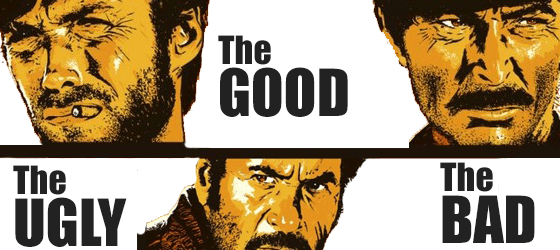
Yesterday, Gartner published the 2016 Magic Quadrant for Business Intelligence. The MQ research for BI has been in existence for close to a decade. It is THE document of reference for buyers of Business Intelligence technology.
At face value, not much seems to have changed. However, if you take a closer look at this year’s Quadrant and compare it to last year’s, you’ll notice that some of the biggest changes in the history of the Magic Quadrant just occurred.
The Ugly: Quadrant Recalibration?
For years, the BI community has been complaining that the Quadrant was too crowded. Understandably so – the document assessed 24 vendors last year, 9 of which were labelled as “Leaders”. That’s a lot of vendors for a technology buyer to have to assess! Gartner acted upon this feedback and made some drastic changes this year, which include:
- Only 3 vendors made the Leader cut this year: Qliktech (NASDAQ:QLIK), Microsoft(NASDAQ: MSFT) and Tableau (NASDAQ: DATA) are leaders this year. All are large and publicly traded companies.
- Out of the Leaders’ Quadrant: IBM, Information Builders, MicroStrategy, SAP and SAS. Oracle was in the Leaders Quadrant last year but are out of the Magic Quadrant all-together this year! Other departures: Actuate, Panorama, Prognoz, Salient Management Company and Target.
The Bad: More Vision, Less Execution
I’m sure that delivering the news to the departing vendors must not have been much fun for the Gartner analysts who spend countless hours interviewing customers and reviewing technology solutions.
- Beyond leaving the prestigious “Leaders Quadrant”, many of vendors had to accept their new positions in a less-than-desirable Quadrant. For instance, Birst went from Challenger to Niche, Information Builders went from Leader to Niche. The mega-vendors IBM, SAP, SAS and MicroStrategy went from Leaders to Visionaries – with IBM taking the most visionary spot.
- What’s going on, really?! There are lots of subtleties to grasp to fully comprehend the various placements within the Quadrants themselves. However, from a selection process standpoint, this document will challenge vendors to prove their differentiation and explain how their vision aligns to enterprises buying agendas. While there were only 3 vendors in the Visionary Quadrant last year, Gartner found 10 visionaries this year.
The Good: A New Era
While the year’s version of the BI Magic Quadrant will probably create a lot of commotion, it’s nice to see Gartner refreshing their view on the market.
- Beyond some of the major changes documented above, technologies like Hadoop and Hive are referred to more often this year than in previous years.
- If I were to venture a guess, this is Gartner’s first attempt at modernizing their Quadrant. Next year will probably see another set of critical changes, either by splitting the MQ into 2 (small data vs. big data players) or by cleaning up some of the crowded areas. For instance, while the Visionary Quadrant has 10 vendors this year, the Challenger Quadrant has none. This certainly seems a bit out of balance and I’m sure you’ll hear the Gartner team explaining this throughout 2016.
If you’d like to discuss this further, please come and meet the AtScale team at the Gartner BI and Analytics Conference this year in Grapevine, Texas.
Request a meeting with our management team here.
===
Source: Thomas Dismore

SHARE
Guide: How to Choose a Semantic Layer